Meet the manager: Ray Chilten
The manager of Newport Golf Club in Wales talks about how the governance of the club has become much more professional, which has included streamlining the number of people on the committee, membership satisfaction surveys and business plans, plus the benefits of using integrated accountancy software
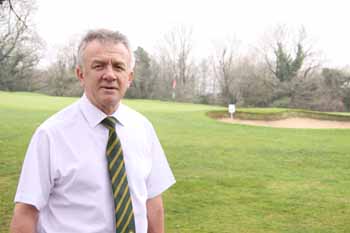
Ray Chilten
Please give a brief description of your background and the path you followed to golf club management. How long have you now been at Newport Golf Club?
I qualified as a mechanical engineer but changed direction into production management where I spent most of my time as an operations manager in the manufacturing industry. During my career I took time out to complete a Master of Business Administration (MBA) at Sheffield Business School.
I have been a member of Newport Golf Club for nearly 35 years. After retiring I was on the general committee when I was asked by the captain to help out in the office for a week, that was four and a half years ago.
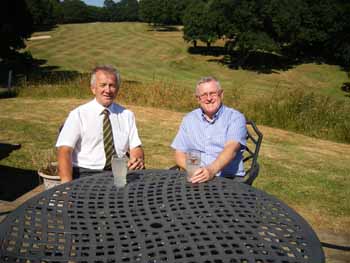
Ray Chilten, left, with Paul Adams, Newport GC’s financial administrator / honorary treasurer
My colleague, Paul Adams, is also a member who started work in the office six months earlier than myself, but in similar circumstances. Paul, also with an MBA qualification, came from a finance background, had to learn the procedures and processes involved for himself.
I have gained much of my golfing knowledge through listening to others, reading widely and also from attending workshops run by the Golf Club Managers’ Association (GCMA) and Wales Golf.

The club underwent a change of governance from committee to a four person board. Please can you explain how and why it was changed, what benefits you see and how you believe this will help the club and members for the future?
The change of governance was driven by the recognition of the demands placed on the existing captain and committee structure to meet the commercial challenge of ensuring a full membership, financial stability and delivering a product that represented value for money. This was evidenced by the reluctance of members to take on the role of club captain and committee member. A task force was set up to look at other club governance models across England and Wales which showed that there were more effective ways of meeting these challenges, resulting in the club unanimously adopting the management board model now deployed.

This consists of a management board of four voting members elected by the membership together with the club captain, club manager and honorary treasurer all in a non-voting capacity. The president of the club is also invited to attend as an observer. The board has overall responsibility for all aspects of the club with a primary focus on commercial and business management. A captain’s committee, headed up by the club captain, manages the social and golfing aspects of club life under the board umbrella.
Key to the introduction of the board structure was the implementation of a governance model which included a ‘Performance Management’ system supported by a strategic plan and a membership satisfaction survey.

This has resulted in the identification of the collective vision, mission and values of the club which gives focus to the governance team and the membership. The separation of strategic and operational matters enables clear lines of accountability, authority and responsibility to be established. Club development is now more efficient and effective with speedier decision making and problem solving. Board empowerment of the operational team, within a supportive management environment, and the use of the membership satisfaction survey to engage the membership have been key factors in the progress made so far.

You say your top priority is getting the product right and you spend a good amount of time focussing on this. What do you mean exactly and how are you ensuring you are meeting your objectives for this now and the future?
The vision of the club is to become the best inland golf club in Wales. This is our product so it drives everything we do within the club. This means the overall experience members and visitors can expect when playing at Newport Golf Club, from the image on arrival to the professional and his shop, the course condition and the warmth of post-golf hospitality in the clubhouse.

The board sets the strategic direction of the club in this respect in terms of setting development and operational priorities, objectives and deliverables supported by the funding required both short and longer term.
My job as club manager is to deliver what is required by the board operationally. The use of Performance Management means that all the operational team are on message and tasked to deliver set objectives and standards of service each year.
This means regular team and one-to-one meetings to discuss performance and results, which keeps everyone focussed, both operationally and financially. This enables effective operational management by me, the club manager, and the targeted measurement and assessment of progress and results by the board.

You’re clearly very passionate about the course; how do you work in partnership with your head greenkeeper to ensure best presentation of it and how has the governance change affected the management of the course?
Prior to the governance change we had a green committee of about 10 members, as a result decisions were slow and cumbersome, as most golf clubs would agree. Every year each committee wanted the course set completely differently to the previous committee.
The management board’s vision is that growing grass is an art, as is drainage, maintenance of bunkers and presentation of the course and so on, so took the view that they are not experts, so it should be the responsibility of the professionals, (that is greenkeepers), who would communicate regularly with the captain’s committee for member input, but would present their short and long term plans to the board for discussion and sign off, and to whom they would be accountable. Following the change, myself and Paul Handy, head greenkeeper, now manage the five-year plan / strategy developed from the board. A course policy was developed which included cut heights and so on, which the greenkeeping team follow religiously.

I have a great relationship with my head greenkeeper, he is very knowledgeable, and I have a great respect for him. However, he does dread a Monday morning, as every Sunday I take my dog for a walk around the course as I live locally. I take my camera with me, so I undertake a course inspection, anything I find not quite right I will discuss with Paul on the Monday morning.

The flyover on the club’s website is spectacular. Who came up with this idea, who built it and captured the video, how has it been received? How do you use the website as a marketing tool and to communicate?
The website has been developed over several years with a company based at Bristol, called Artworking. It started with a committee member, Marc Johnson, back in 2013, since then it has evolved to how you see it now, drone footage and mobile friendly.
We do not necessarily use the website as a marketing tool; the quality of our course does all the marketing we need, via word of mouth. This is the best advertising you can ever achieve. However, first time visitors tend to view our website for information before playing our course.

What does the club offer by way of food and beverage?
Nichola and Jason Rossiter provide a comprehensive food service which offers a full range from breakfast to lunch, evening menus, daily snacks, formal dinners and social functions for members, visitors and golf societies.
How many full playing members does the club have, what is the split between male / female and how many juniors?
We have 555 full playing members, 470 male and 85 females plus 45 juniors.
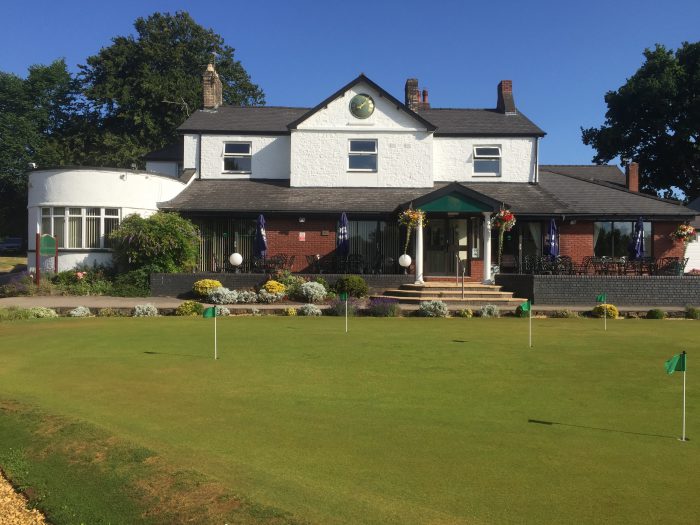
What is Newport doing to reach out to juniors? What investments have been aligned to this?
We have continued to invest over several years. This includes investing in greens’ drainage, a bunker replacement programme and recently a practice academy where we will have two teaching studios and several driving bays. The studios will be kitted out with the latest simulator and putting facilities.
On the large practice area we will have three greens where the mini juniors (aged six to eight) can develop their skills on three par threes, under the supervision of our professionals.
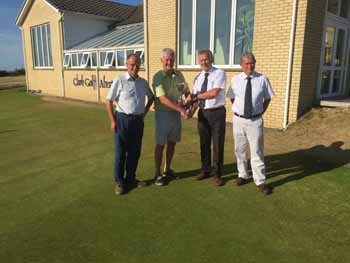
Ray presenting the GCMA trophy at Cardigan Golf Club following a business meeting and golf
Our head professional, Paul Thomas, is one of the top coaches in Wales. His remit is to work with local schools and engage with youngsters in the local community, encouraging the younger generation into golf.
We have just launched the ‘Gwent Festival of Golf’ along with three other clubs. The aim is to encourage all juniors between the ages of six and 18 to take part. We attracted 60 juniors to a recent event which included a master class with our professional, target challenges, putting competitions, an 18 hole medal, nine-hole stableford and a fun flag competition for under 8s and under 10s.
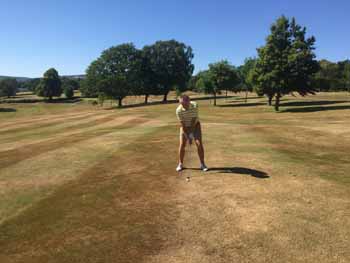
Your greens’ team is fantastic; the condition of the course is beautiful, it looks like a piece of art. What kind of feedback are you getting towards this and how has this helped the club?
We receive many complimentary emails from visitors. I will show you a recent email received after Chippenham captain’s away day:
‘I just wanted to say a massive thank you for all that you both did yesterday. Without exception, everyone had a wonderful time. The course and clubhouse are both brilliant and the staff are so friendly and helpful, please pass on our thanks to all concerned. Thanks again for making my away day a special day for me!
‘Best wishes, Captain, Chippenham Golf Club.’
We also have instigated a visitor feedback survey to capture comments constructively which we will analyse and use to improve the course.
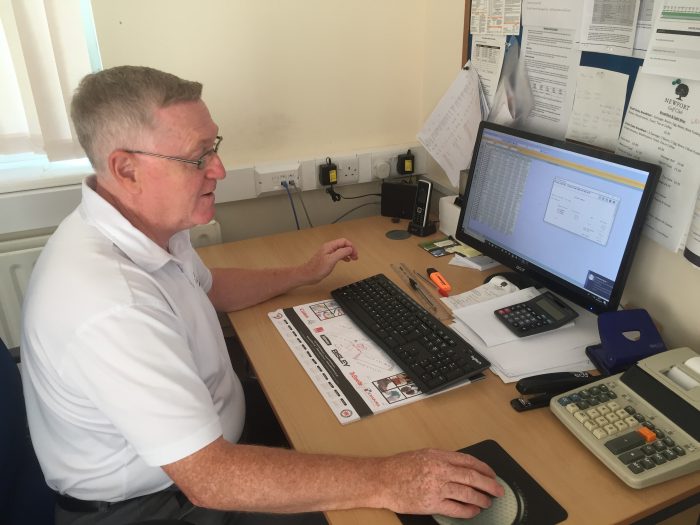
You recently installed a new EpoS system from Open Solutions throughout the club. What were the problems you were facing daily that initiated the club to do this and how did you go about sourcing this system?
We decided to review and redesign our IT systems within the club. Paul Adams, our treasurer, was looking to reduce the additional manual spreadsheets that were involved in the financial processes at the club.
We had an EPoS membership and accounting systems which did not interact or work together.
It was necessary to create various Excel spreadsheets to allow gathering of the EPoS data to allow input into our Croft accounting system. It was clear that our previous system could not be integrated with Croft Computer Systems, a bespoke golf club membership and accounting package.
To eliminate potential human errors in accounting and in the transferring of information, together with the additional time it took to create the spreadsheet and then input it into the account systems, it was decided to look at alternatives.
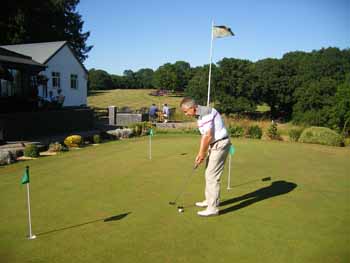
By moving our membership and EPoS systems to Open Solutions, we now have an integrated system which, once the monies are checked, the accounting system nominals are uploaded at a click of a button.
This has resulted in us being able to relook at the opening hours of the office, due to the man hour savings alone.
We now can readily balance the EPoS bar card to each member and duplicate this in the Professional Membership book.
Transactions are totally transparent with the system and can be checked by the member at any one time.
Our systems are now much more robust, saving us time and eliminating potential human errors in handling and input.
We have seen a significant improvement in the speed of transactions where the EPoS till talks to the server without the need to go back and forth to and from the cloud.
We would highly recommend the use of the integrated system which produces all the necessary controls and documentation at a great price.
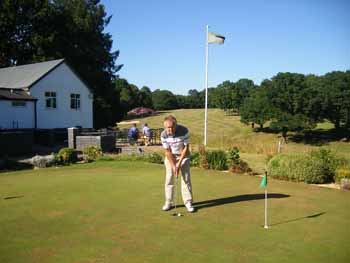
The pressures on the club manager to deliver a better product in terms of course, clubhouse, the facilities, food, bar, pro shop, quality, service and so on are mounting year on year, with the level of management professionalism having to rise in line with this. What do you think are the qualities now needed to meet the requirements and demands of members / visitors by someone in your position and how do you think this will help contribute to the long-term business of golf club management?
Members expect the club manager to take control and make decisions to achieve the agreed objectives.
The club manager needs to be both a team player and a coach to get the best out of the team.
Practical and technical skills in golf course management are a prerequisite.
Effective communication and negotiation skills form an essential part of management, along with honesty, integrity and a sense of humour.
What gives you the greatest satisfaction from your current position and career to date?
I have been a committee member for many years, held the position of house chairman, green chairman and match captain.
There have been ups and downs throughout but with the recent change in the governance of the club, the progress made on improving the course condition, and course development with improved customer service from our bar and catering team, have all been very satisfying. This has resulted in the club achieving full membership and with Wales Golf asking us to host their top amateur events’ the Men’s Amateur 2020 and Ladies’ Amateur stroke play in 2021.
It is due to the fantastic team of employees that I have the pleasure of managing, plus the ongoing support of the board that we are in such a positive position at Newport Golf Club.
From a golfing aspect, I was off 5.2 when I started this position, unfortunately, I have slipped to 9.5. Joys of the job I presume.
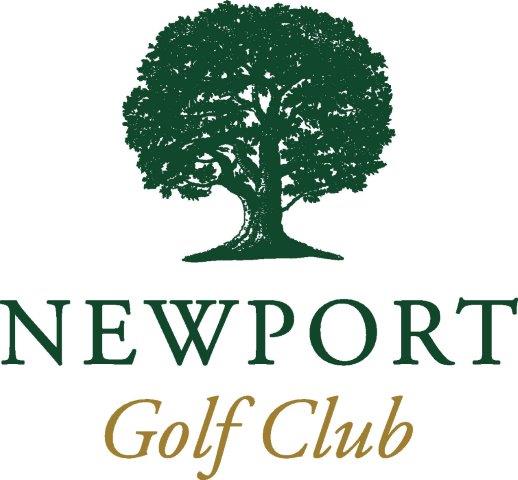
You’re captain of the Golf Club Managers’ Association (GCMA) this year, congratulations. What will you be doing to support the golf business in the role?
Within the Welsh region we have a tremendous relationship amongst the secretaries / managers where we meet and share ideas on a regular basis.
Part of the regional GCMA captain’s role is to chair business meetings throughout the year. At our first meeting, we had local health and safety inspectorates attend to discuss how club managers can improve managing their business, following recent inspections at golf clubs in Gwent and Glamorgan.
Recently we had an open forum where club managers could raise any subject that they were finding difficult to resolve.
Later in the year we will have a presentation from Open Solutions and Croft Management to show how the new system that we have installed could help other clubs.















Let me tell You a sad story ! There are no comments yet, but You can be first one to comment this article.
Write a comment